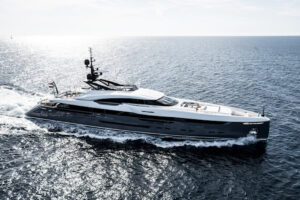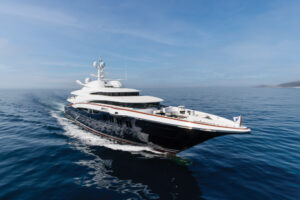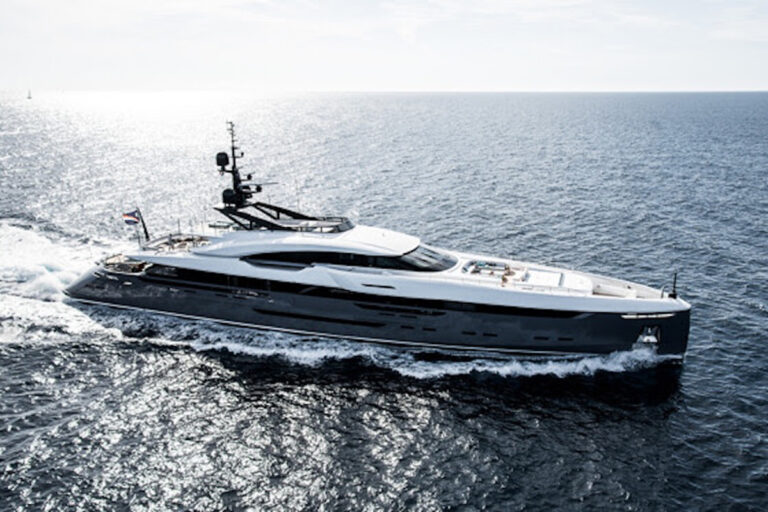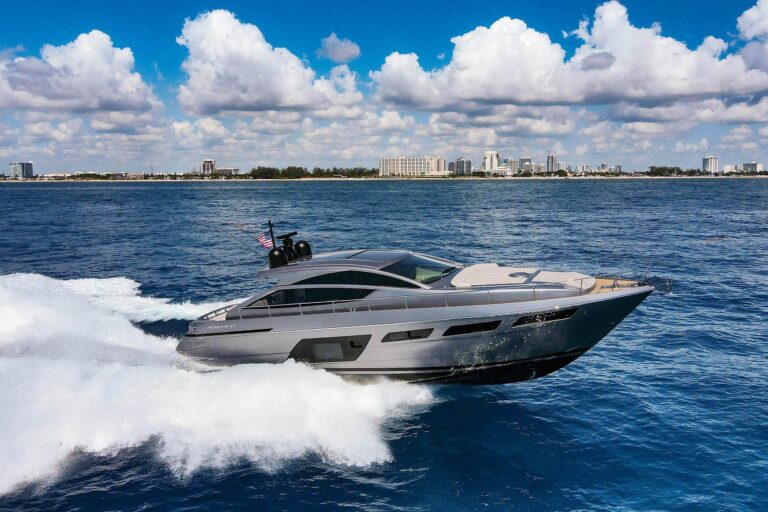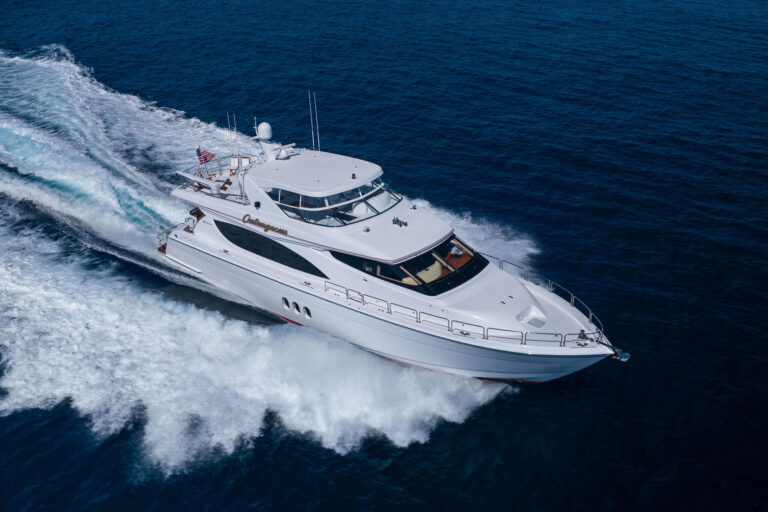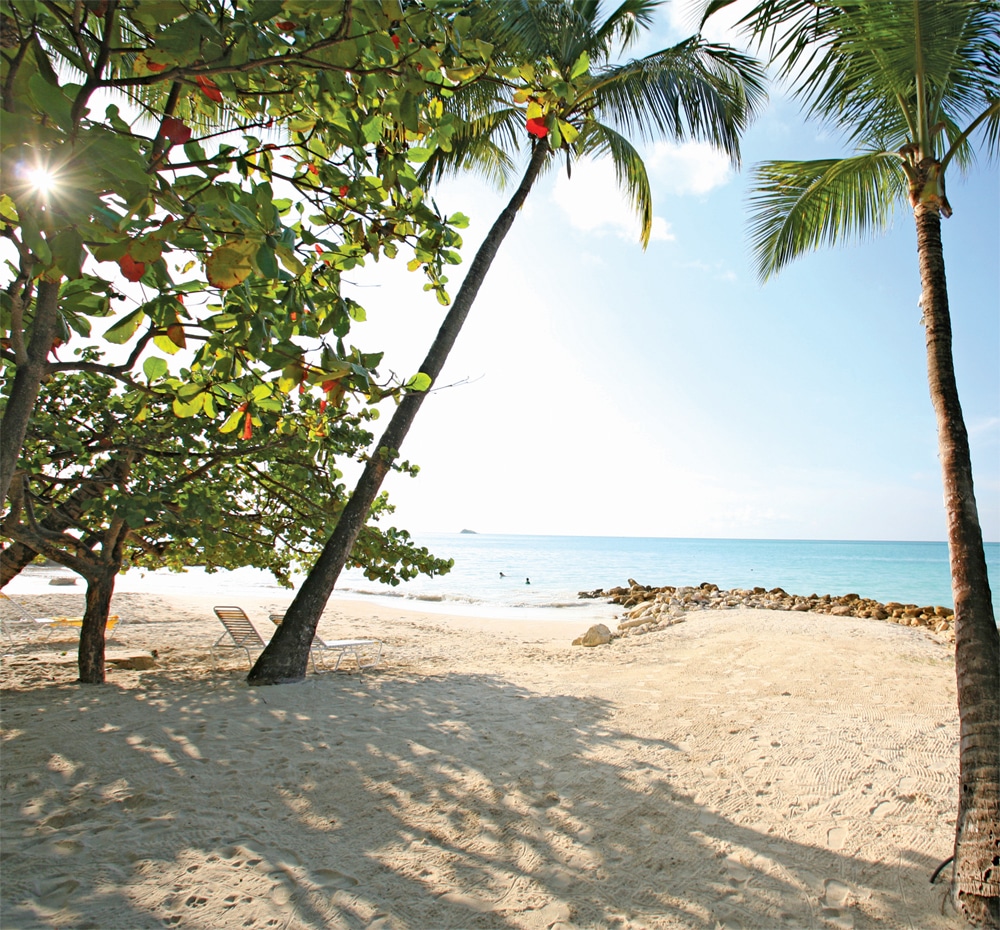
Our Own Antigua
17°00’26”N 61°45’28”W
The Caribbean is full of beautiful islands, each with its own special allure. Antigua, however, is hard to beat. The local Indians called the island wadadli, which means “our own.” Today, many yachtsmen would agree that if they could call only one island their own, it would be Antigua.
At least one well-known sailor begged to differ. When Adm. Horatio Nelson (then the 26-year-old captain of the HMS Boreas) came to Antigua in 1784 to enforce the Navigation Act, he was said to have declared Antigua “a vile place” and “a dreadful hole.” On the other hand, this is the same guy who declared at the Battle of Copenhagen (2,000-plus killed), “It is warm work; and this day may be the last to any of us at a moment,” declared Nelson. “But mark you! I would not be elsewhere for thousands.” No surprise that Nelson didn’t win a lot of friends on Antigua and was said to have spent most of his time sequestered in his stateroom or at the dockyards.
Maybe he should have gotten out more. Or perhaps Nelson was just too driven and high-strung to appreciate this cruiser’s paradise. Reliable winds, a complex coastline with plenty of harbors, and a nearly unbroken ring of coral reef made Antigua an ideal base of operations for the British Navy, which built His Majesty’s Antigua Naval Yard here in 1725 to repair frigates, brig-sloops, schooners and cutters that plied the waters for the crown. Those same natural attributes continue to make Antigua a favorite of yachtsmen and tourists. The reliable winds are soft and warm. The complex coastline hosts 365 beautiful beaches, and the coral wall breaks the surf, sending gentle waves to lap the shore.
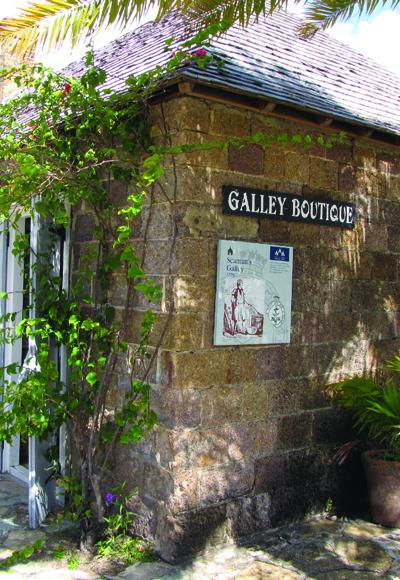
Several major yachting events take place here every year. In January, there’s the Round the Island Race at Antigua Yacht Club. In April, the world-famous annual Antigua Classic Regatta takes place, as well as Antigua Sailing Week. Each December brings the world’s finest large yachts to the annual Charter Yacht Show, and there are a handful of smaller boating events throughout the year. (Indeed, there are Travelifts, rigging shops, sailmakers, and other shipyard amenities on the island for those visiting yachtsmen in need of repairs.)
Any of these yachting events are great reasons to go to Antigua. But there may be no finer way to explore the island than aboard your own boat. Ports of entry are at English Harbour, Jolly Harbour, Falmouth Harbour and St. John’s Harbour.
The southern coast of Antigua is its busiest. English Harbor is home of His Majesty’s Antigua Naval Dockyards, Nelson’s former base, a group of splendid Georgian buildings fabricated largely from the ballast of British supply ships. The dockyard was unused after 1889 and fell into disrepair until 1951, when the Friends of English Harbour (see “An Island Life,” second page) raised funds to renovate the abandoned buildings. The complex was renamed Nelson’s Dockyard after the man who hated living there. This must-see on any trip to Antigua is now a national park and contains the Dockyard Museum, the Copper and Lumber Store Hotel, several boutiques, cafés, a joiner’s loft, a sail loft, and a cordage and canvas store, as well as countless other dockyard buildings. And Nelson’s Dockyard Marina makes its home here, too (www.nationalparkantigua.com). If you’re feeling hungry, try Abracadabra (www.theabracadabra.com), across the harbor, for delicious Italian cuisine.
Nearby Falmouth Harbour has three marinas: Antigua Yacht Club (www.aycmarina.com), Catamaran Marina (www.catamaranmarina.com) and Falmouth Harbour Marina (www.antigua-marina.com). The last is geared toward superyachts but both AYC and Falmouth Harbour offer a full range of services and facilities for cruisers, including on-site restaurants. (Lunch at AYC’s Cloggy’s is bustling but delicious, with a nice view out over the docks!)
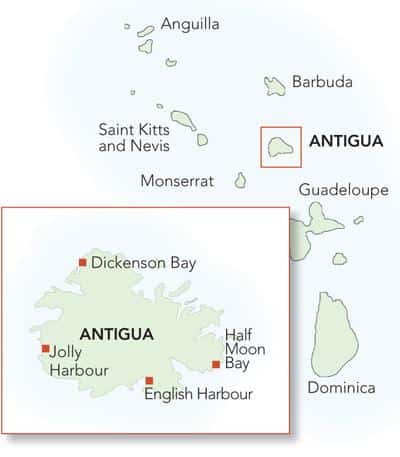
On the western coast of Antigua you’ll find at least a half-dozen places to explore, though Jolly Harbour and Dickenson Bay are the best known. Dickenson offers nearby hotels, restaurants and even a casino, though you’ll have to beach your dinghy.
Jolly Harbour has a mile-long beach, with shopping, restaurants and bars — including the Dogwatch Tavern, which has the largest selection of beers on the island. Jolly Harbour Marina (www.jollyharbour-marina.com) has 140 slips and you can raise its dockmaster on Chanel 68.
Half Moon Bay on the eastern coast of Antigua is considered one of the most beautiful beaches in the world. The pink sands curve along nearly a mile of shoreline and it’s often fairly deserted, despite its fame. But these few spots just scratch the surface of Antigua’s options. Cruise into any of the smaller harbors, throw out the hook, turn off the generator, grill some local fish, open a bottle of wine and gaze at the stars from the perfect stillness of your own island paradise.
Lisa Nicholson arrived in Antigua more than half a century ago — on a charter holiday. She married into the Nicholson family, a moving force behind the renovation of Nelson’s Dockyard and the birth of the charter and tourism industries in Antigua. YACHTING interviewed Lisa for a sidebar in our March 2011 Cruising Yachtsman story “Our Own Island.” The following is the full text of our interview.
YACHTING: When and why did you first come to Antigua?
Lisa Nicholson: I first came to Antigua in 1956, having recently graduated from Radcliffe. My stepfather Laurens Hammond (of Hammond Organ fame, in case that’s of interest) had invited his new bride, my mother, and her children to come on a cruise in the Caribbean. He chartered a wonderful old 86 ft. Schooner, the Freelance, from V.E.B. Nicholson & Sons, captained by Desmond Nicholson and crewed by 5 West Indians. Desmond and I ‘took a shine to each other’ as the saying goes, and we were eventually married in May 1957. Our honeymoon was spent taking the Nicholson family yacht, the Mollihawk, to dry dock in Barbados, and then we settled down in Antigua to build the house I still live in, and establish various operations in yachting activity and eventually Antigua’s two Museums. Desmond died in 2006.
YACHTING: How has it changed since then?
Lisa Nicholson: Well, the whole world has changed dramatically in the past 50 years, hasn’t it – that’s a tough question to answer briefly. Antigua was still a colony under British rule when I came, so there have been huge social, political and economic changes on the island throughout the fabric my time here. It had been an agrarian economy based on the crop of sugar cane, but this gave way tourism as the main source of revenue as the world’s citizens began to travel.
The Nicholson family (parents and two brothers, eventually with their spouses), having arrived in 1949 after the War established themselves in a forgotten corner of the island, English Harbour, and began to encourage sailors to come and base in the Old Naval Dockyard, from which they began to operate a new business idea of making yachts available to take people sailing down the islands. This led to the growth of other yacht-related services such as accommodation, maintenance, and regattas. Never in our wildest dreams could we have imagined the number and range of vessels that now spend time in these harbors.
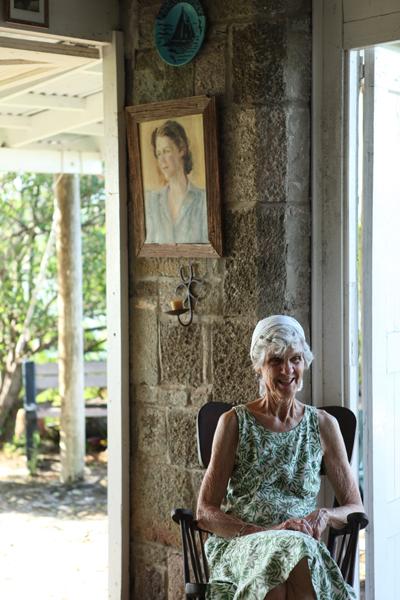
YACHTING: What makes Antigua special for visiting yachtsmen and charterers in your opinion?
Lisa Nicholson: I think Antigua is special because its’ yacht industry grew up gradually over the years, under the inspiration of a family that had connections in other parts of the world to attract people here, but themselves always remained firmly established in and loyal to this English Harbour area and its people. It was kind of an organic development, rather than one being imposed from outside. Then there’s nowhere else in the world quite like the beautiful historic Georgian Dockyard (now known as Nelson’s Dockyard) – which also happens to be one of the safest and most protected anchorages in the entire Caribbean. It’s a special place with a fine variety of services and activities for both visiting yachts and their charterers, right in the area.
It has been an amazing adventure living here all these years, and I sincerely hope it will continue to flourish in the years ahead without ever losing its unique historic and West Indian identity in the high-pressure materialism that seems to be so rampant throughout the “developed world” these days.

